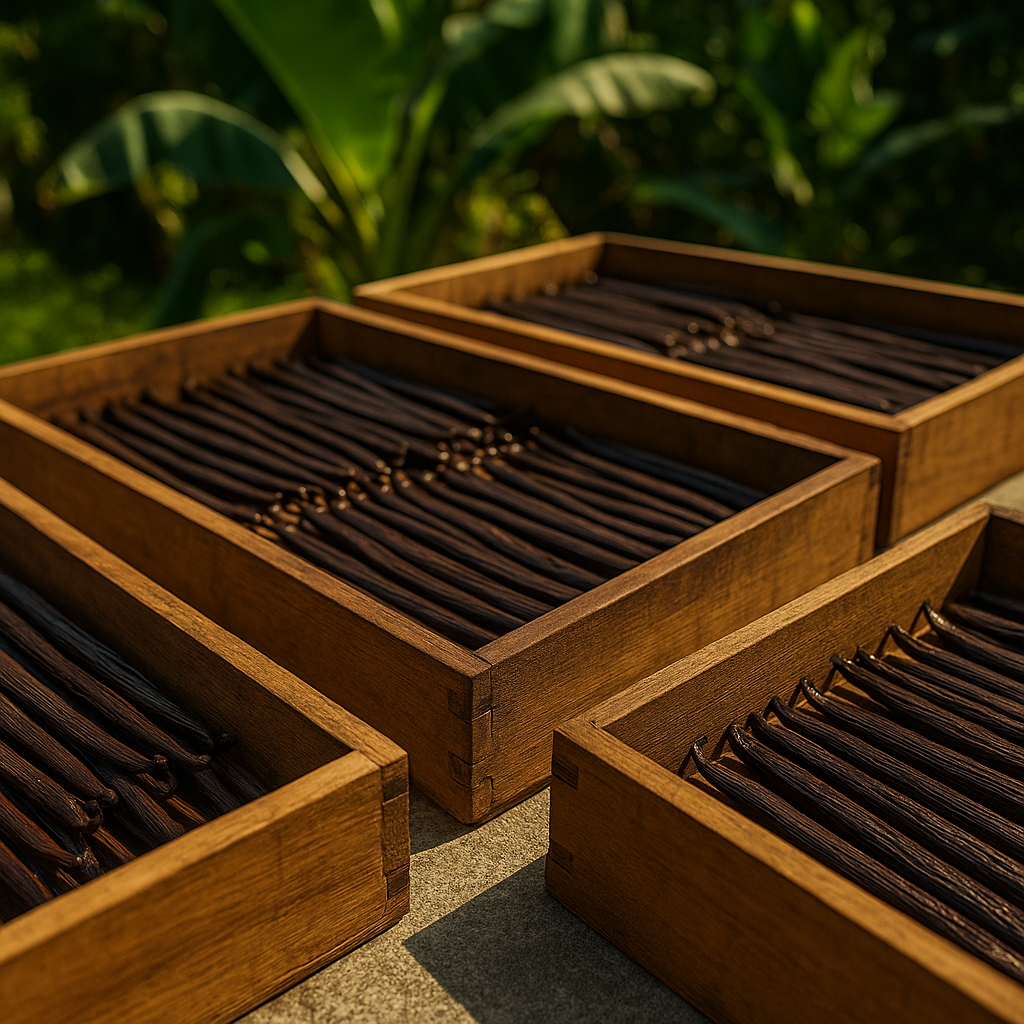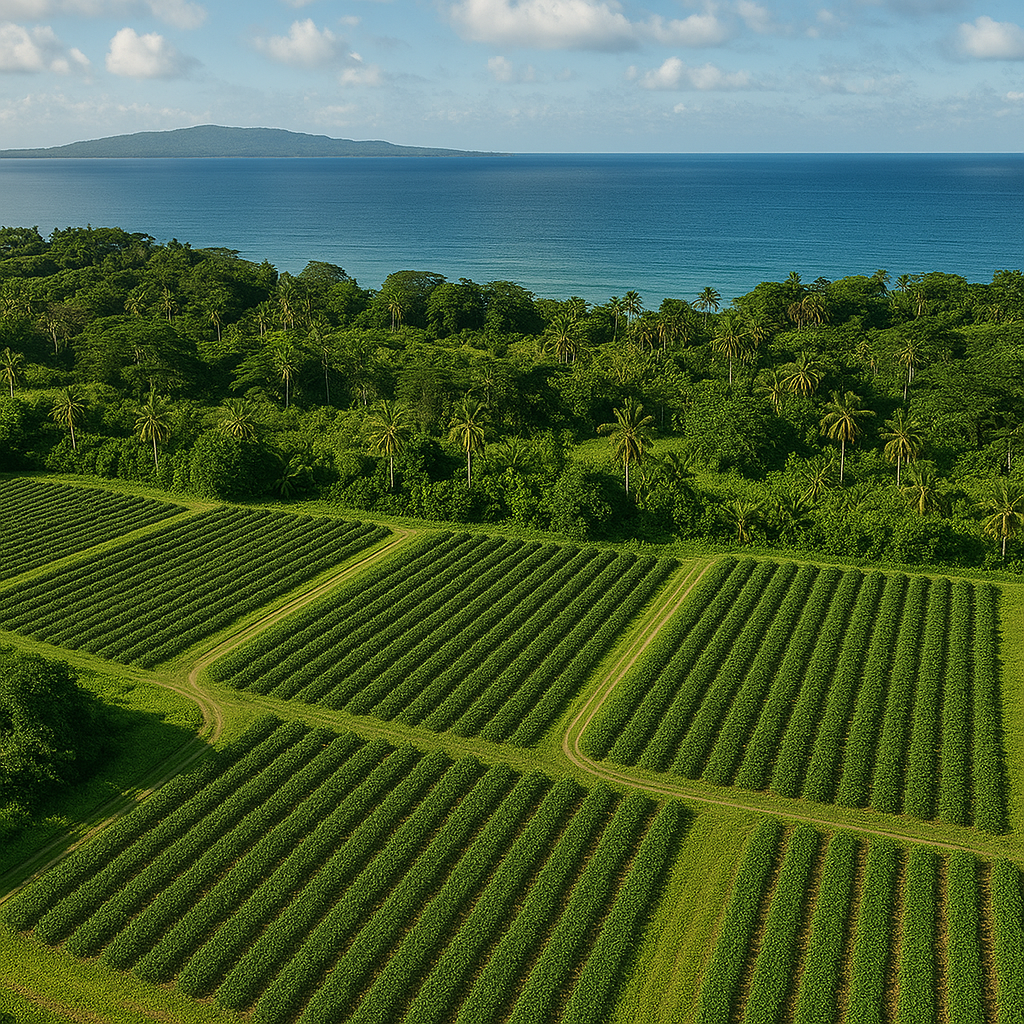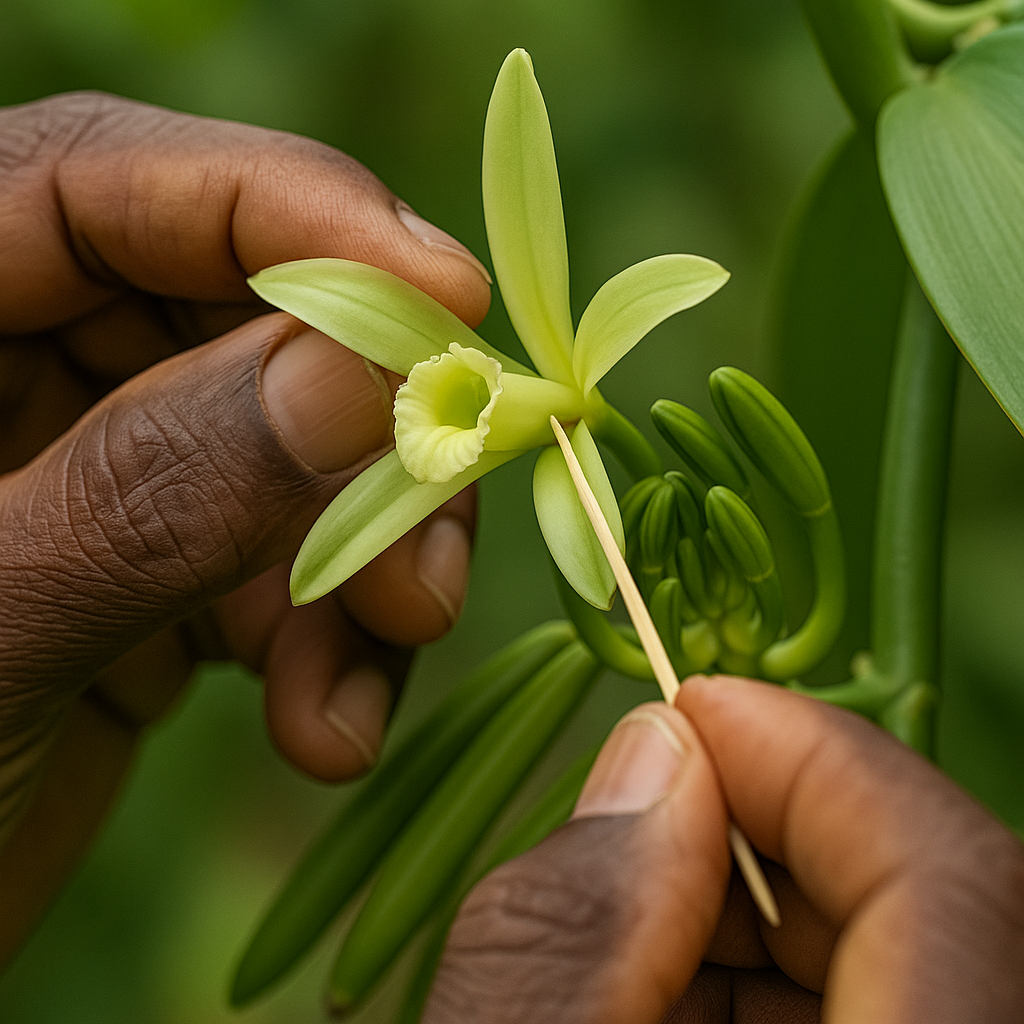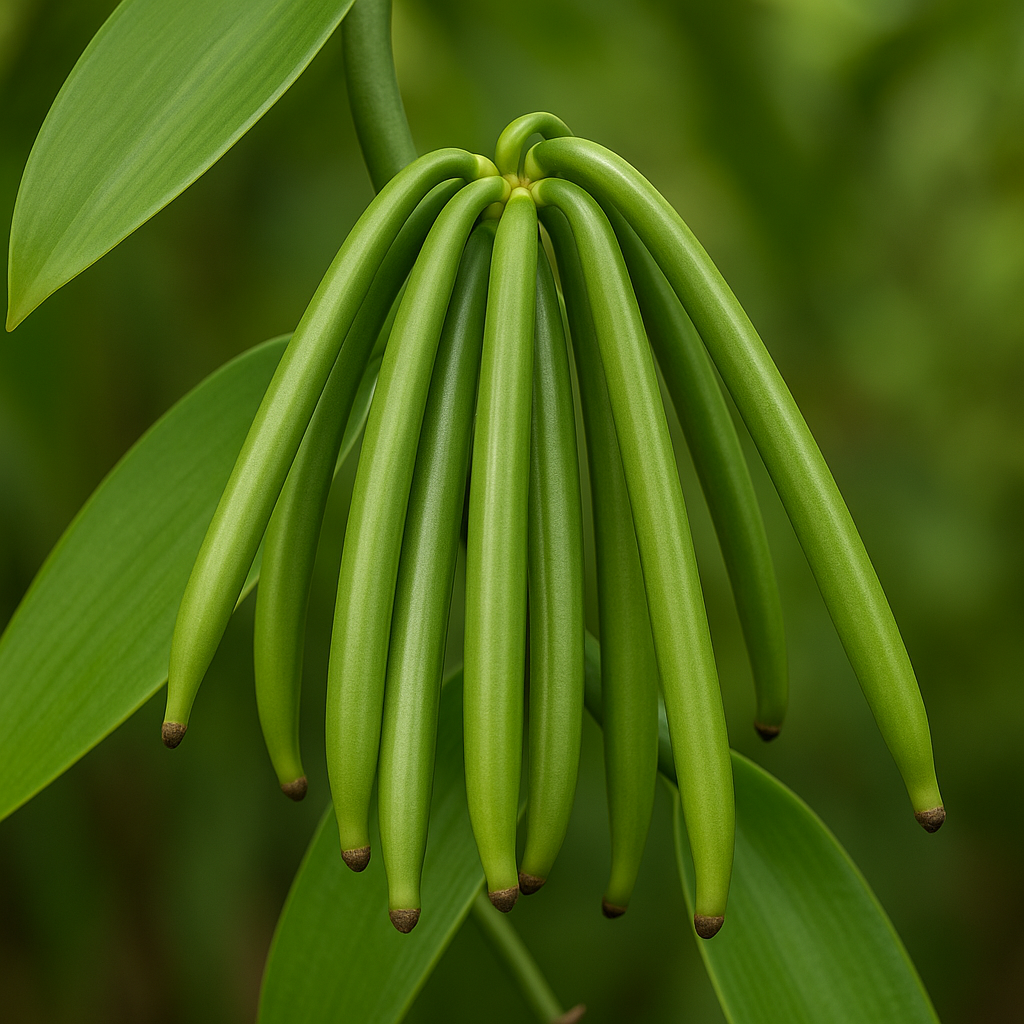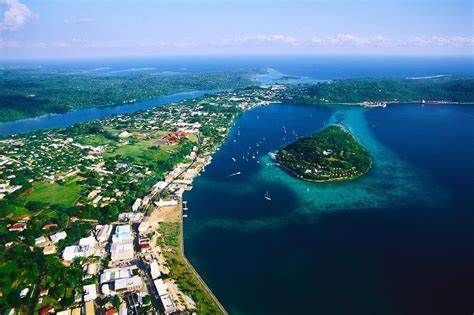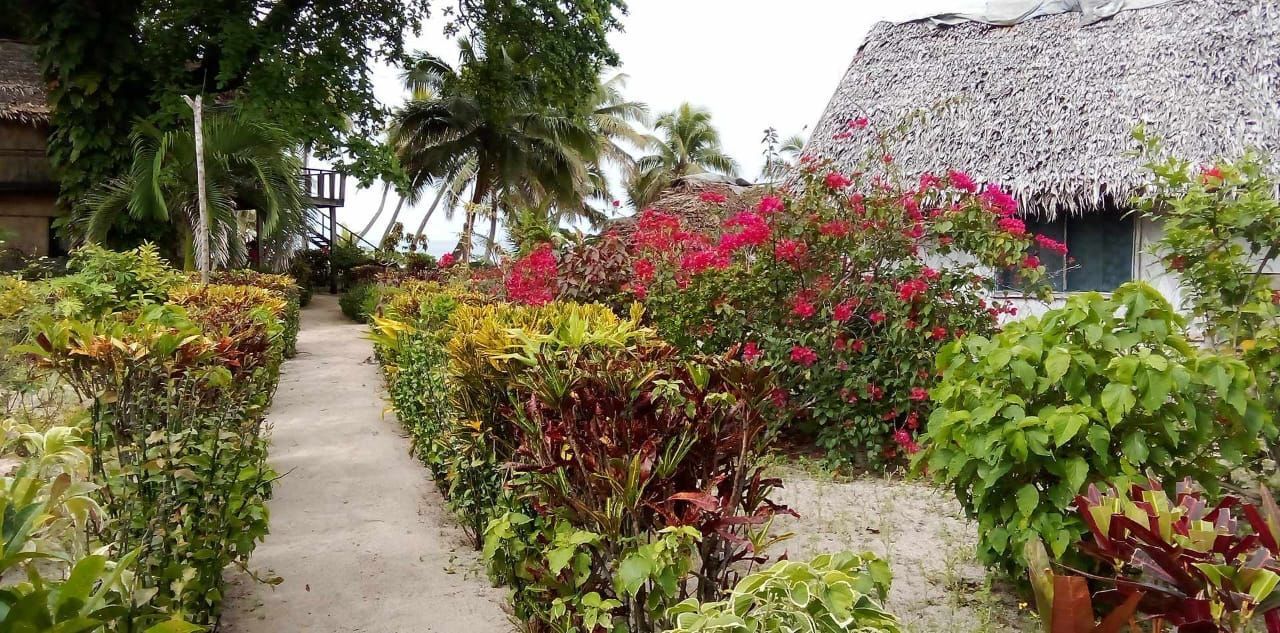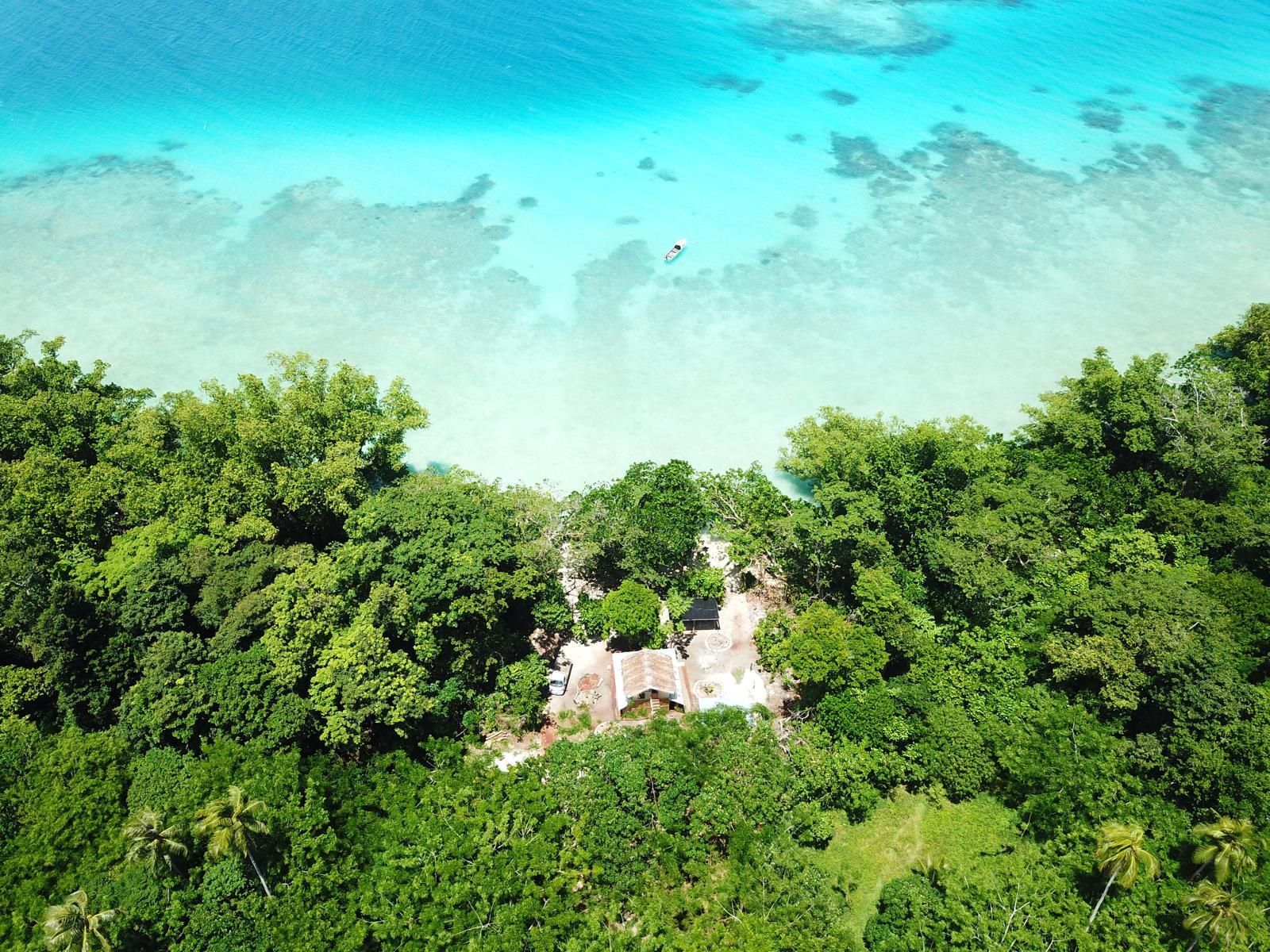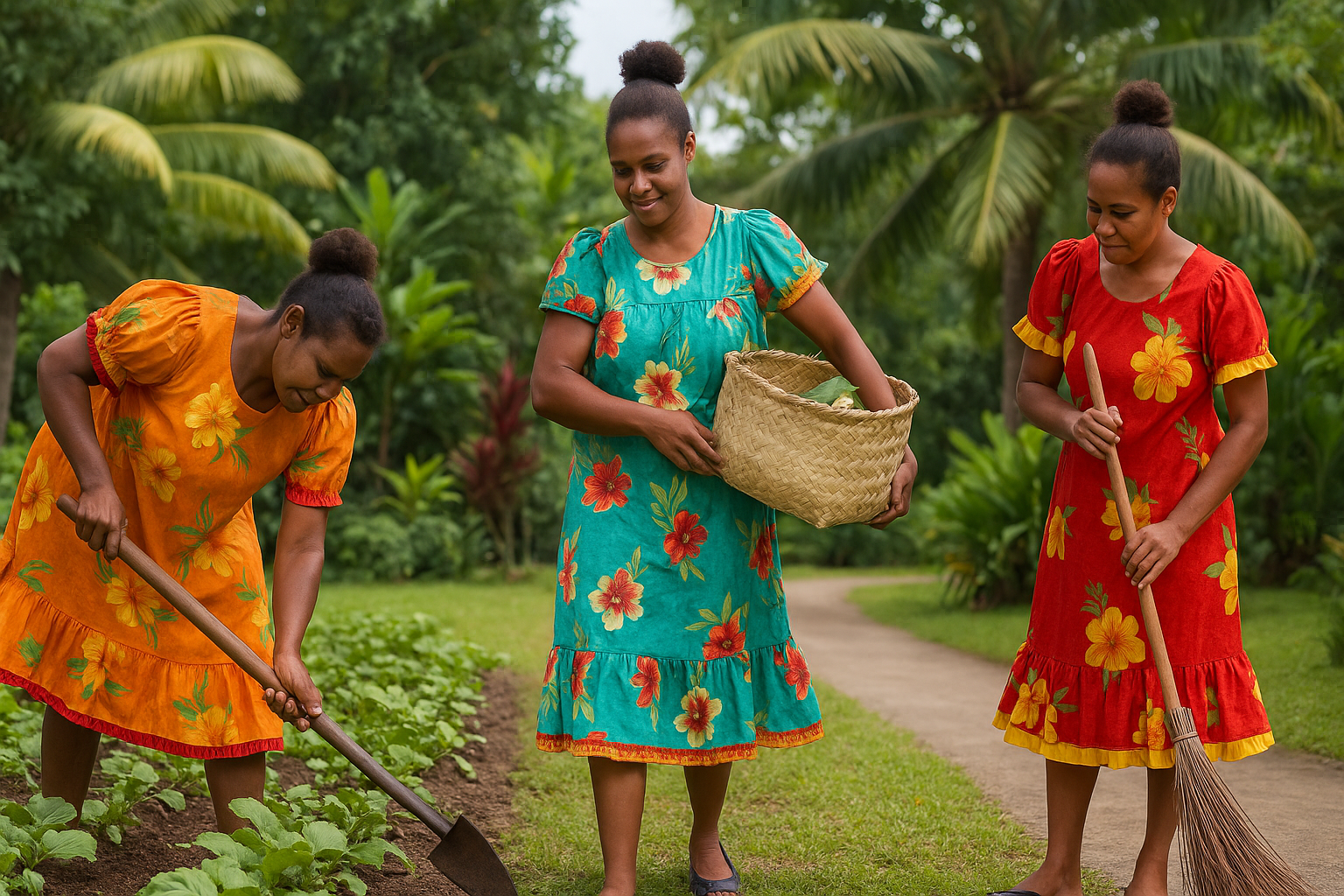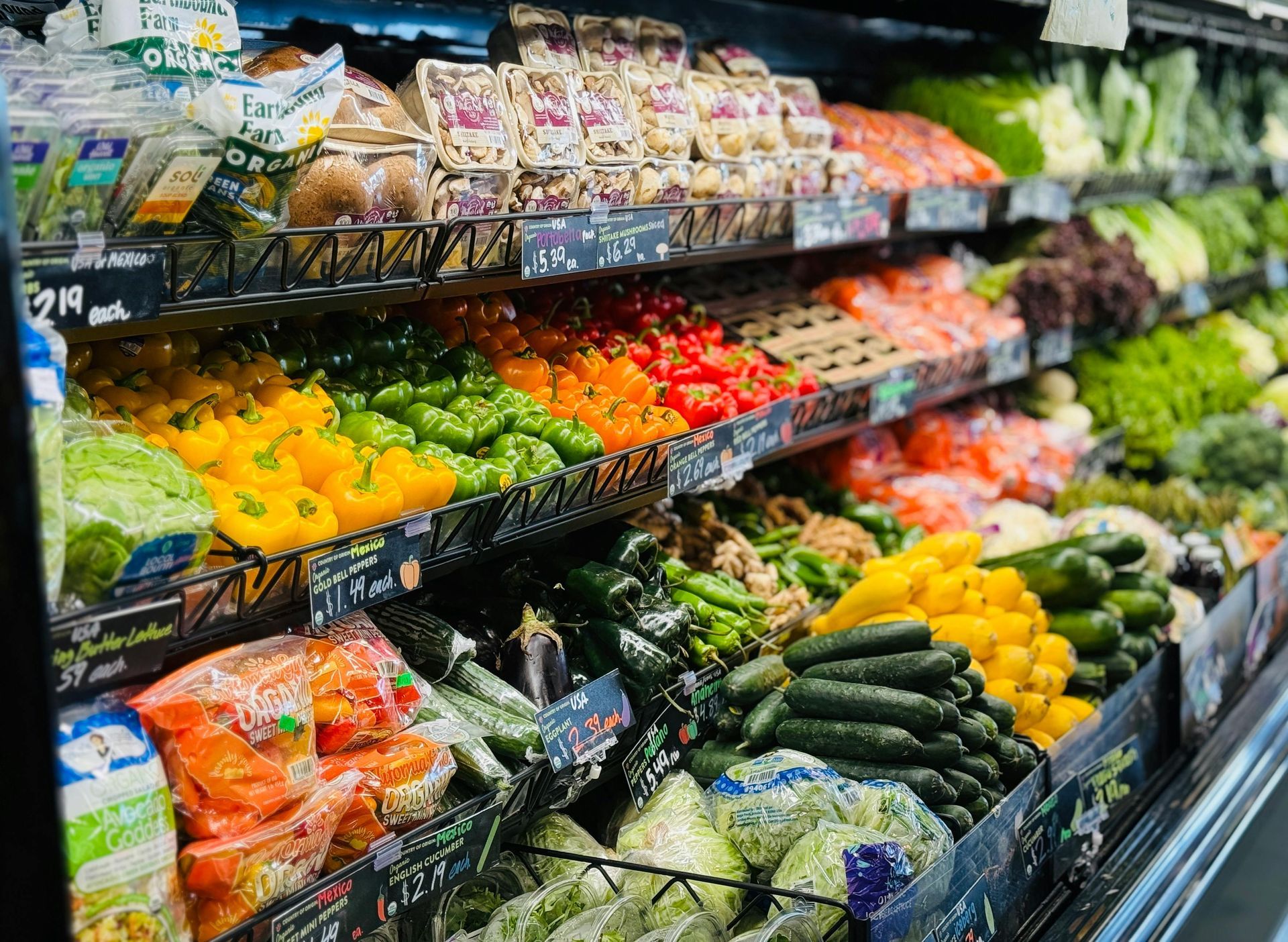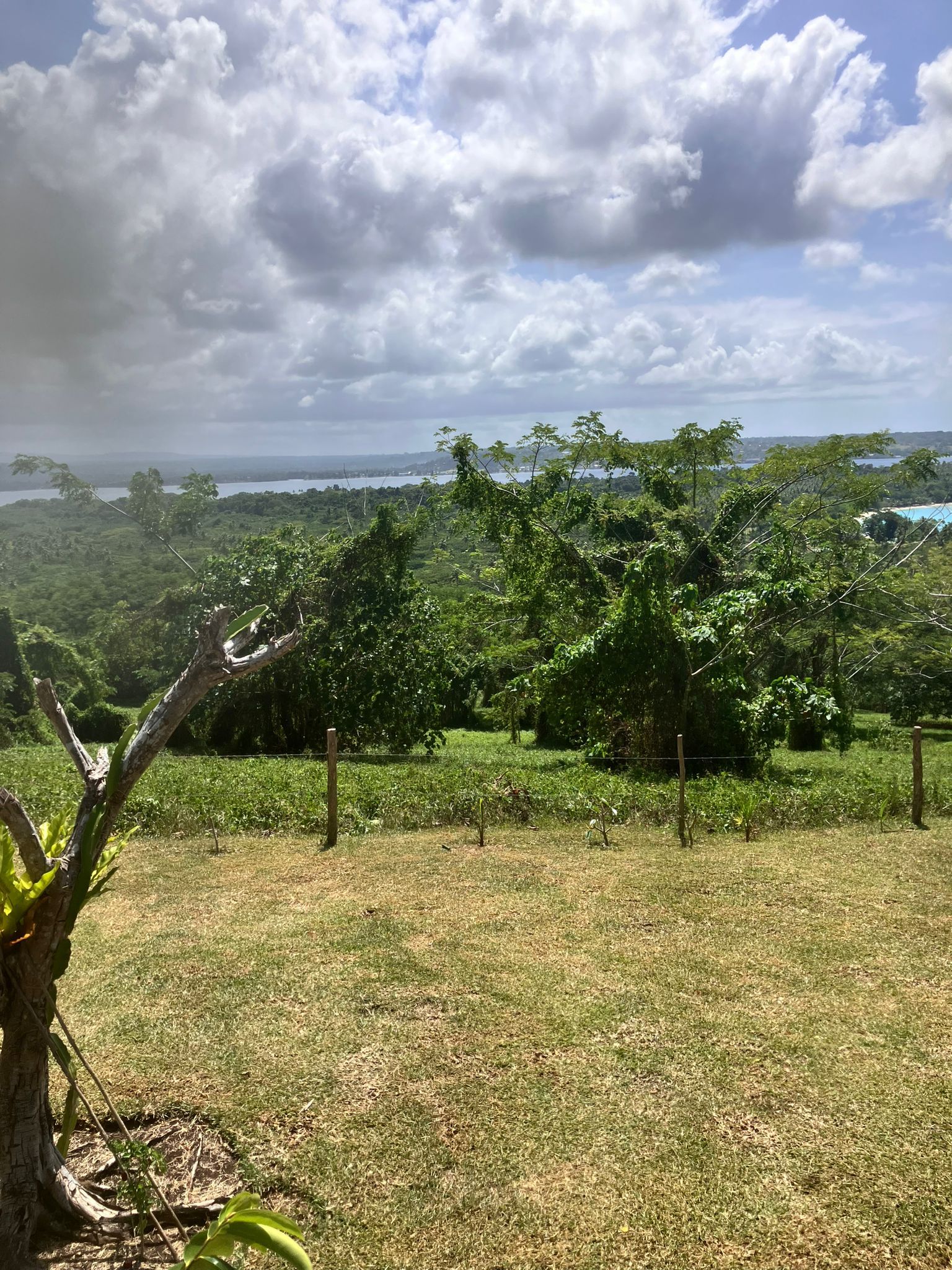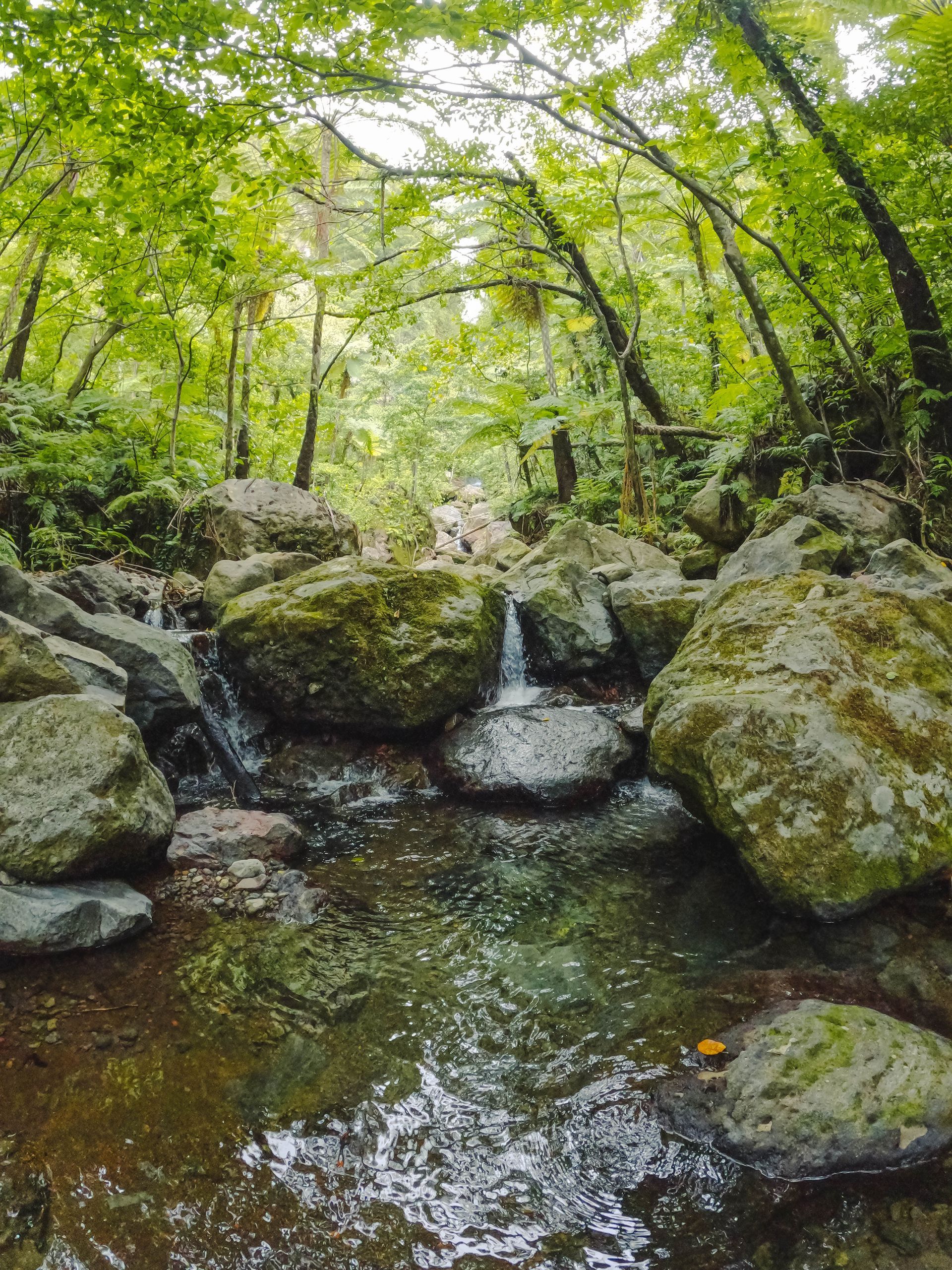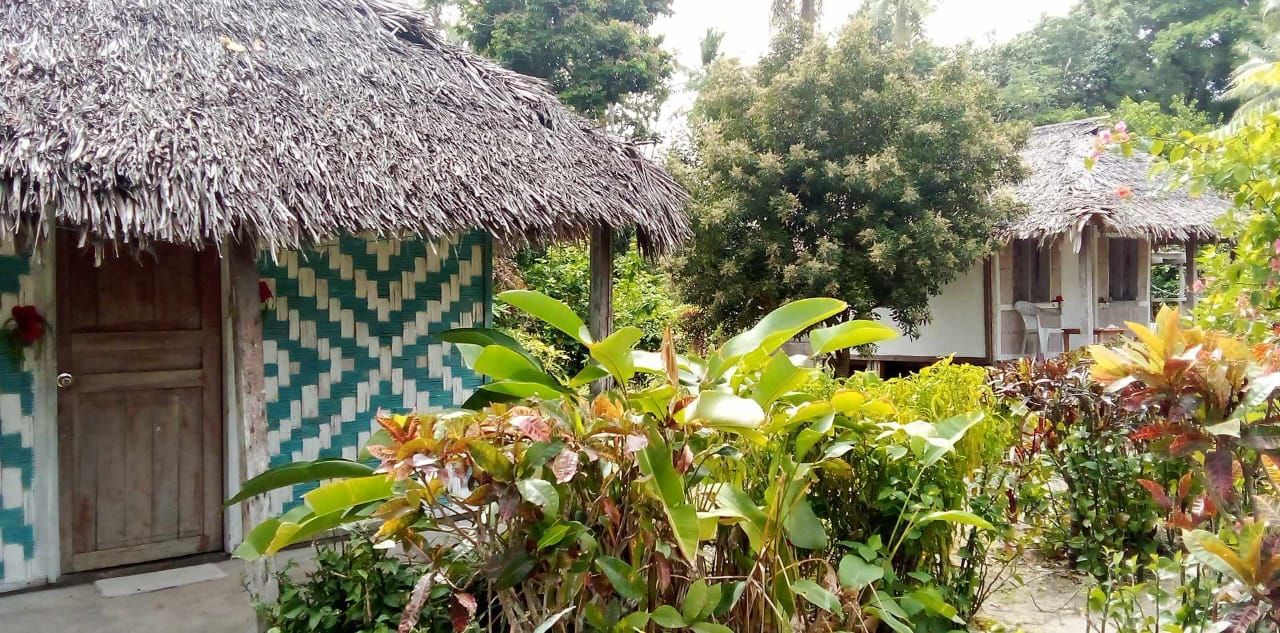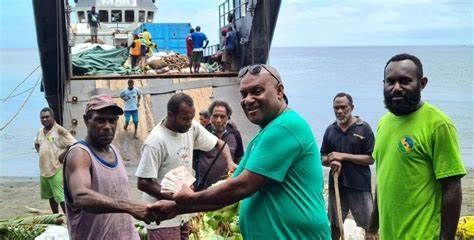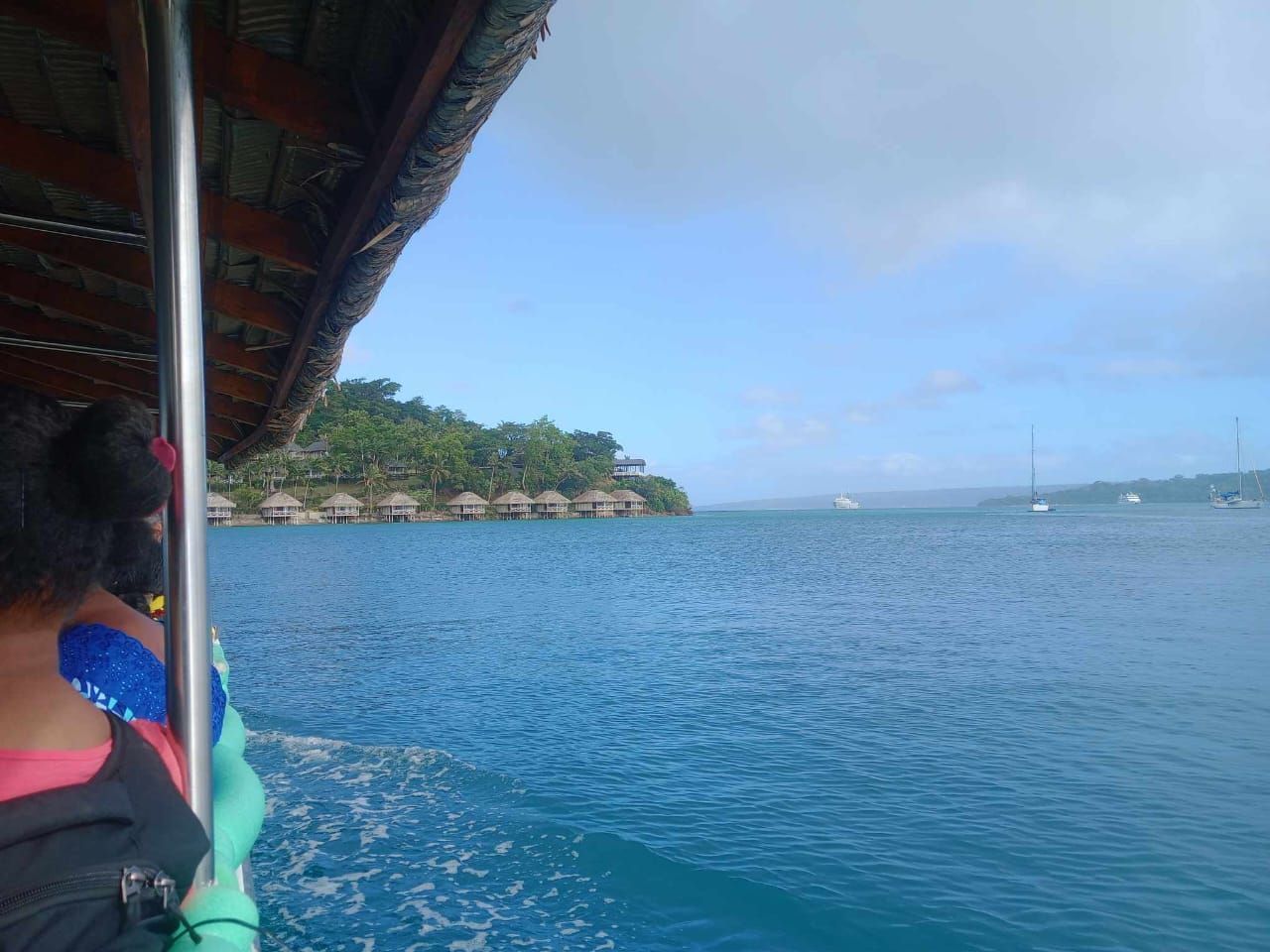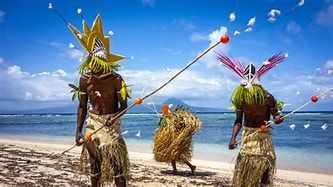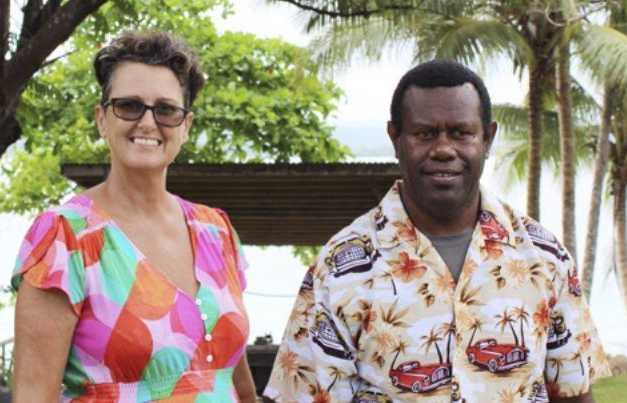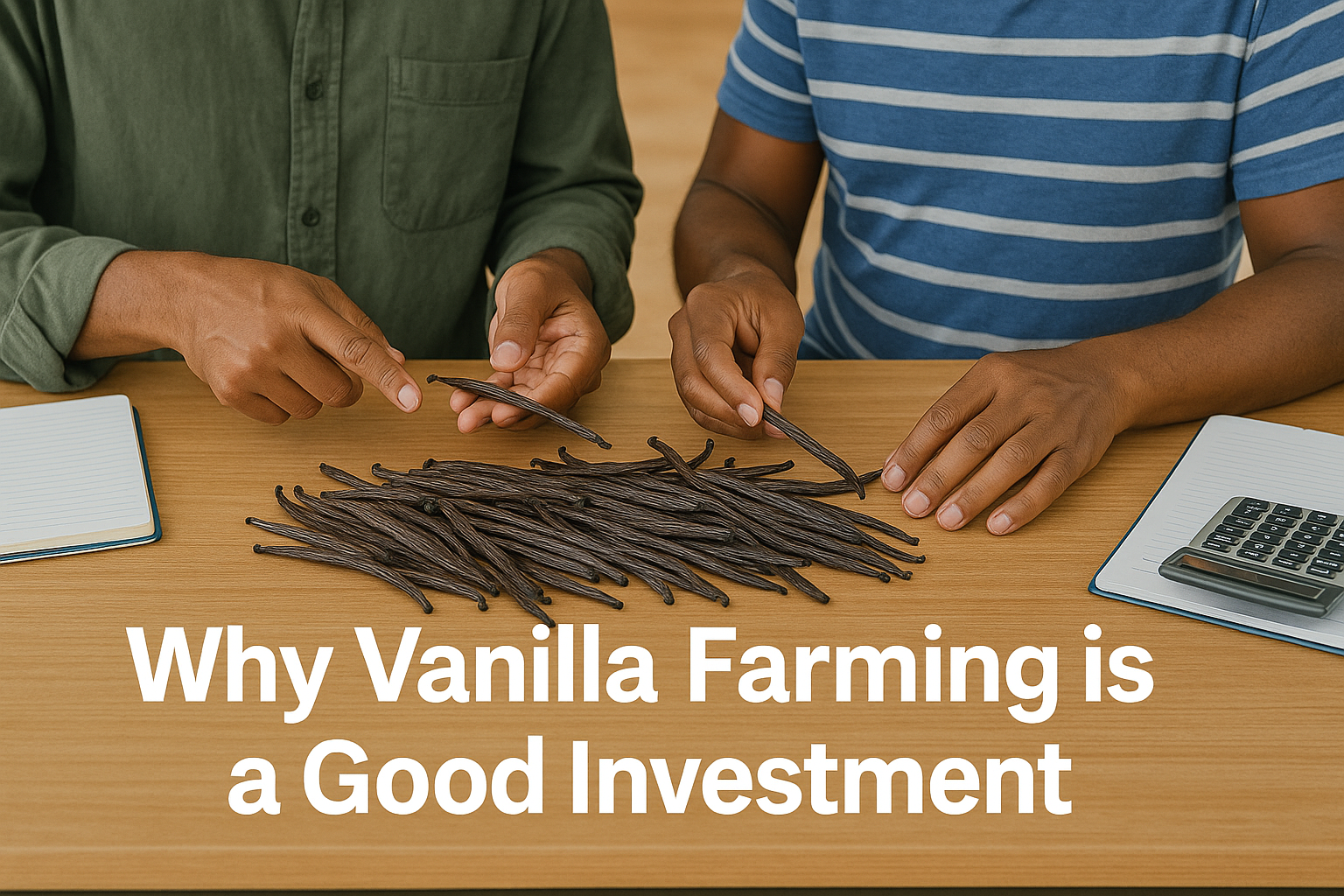
7 min Read
Investing in Vanilla Farming in Vanuatu: Can One Acre Become a Profitable Business?
Vanilla is one of the world’s most valuable spices. In global markets, it is sometimes called “green gold”. Prices can reach hundreds of dollars per kilogram depending on quality, yet the work behind producing a cured vanilla bean is slow, manual, and risky. With Vanuatu recognised as one of the Pacific’s premium vanilla producers, interest is growing in how to turn farmland into a business venture.
This article investigates the real costs, land requirements, setup process, and long-term returns for a vanilla farming business in Vanuatu. It shows you the numbers, the risks, and the reasons why this industry can reward disciplined investors.
Why Vanilla and Why Vanuatu?
Vanuatu’s tropical climate, volcanic soils, and experience in smallholder farming create a strong foundation for vanilla production. Local programs help farmers with training, curing methods, and grading systems to access international markets. While Vanuatu is not the largest global producer, its reputation for quality and authenticity gives it an advantage.
From a business perspective, vanilla farming in Vanuatu appeals because:
- Land values are still comparatively low compared to more commercialised markets.
- Labour is available and experienced in hand-pollination methods.
- Vanuatu offers a business environment where agriculture is supported at both community and export levels.
For investors looking to combine land ownership with an active business, vanilla is one of the few crops in Vanuatu that can deliver premium global value from a relatively small footprint.

How Much Land Do You Need?
Vanilla is grown as a climbing orchid. Vines are trained onto tutor trees, posts, or trellis systems. Standard planting density is about 1,000 vines per acre. That means:
- One acre of land can hold around 1,000 plants.
- Each vine takes 2–3 years before producing commercial yields.
- Mature yields range from 120–240 kilograms of cured beans per acre annually.
This means even a single acre can become a viable business unit, provided curing quality is managed well.
Cost to Set Up a Vanilla Farm in Vanuatu
Land values vary, but let’s assume A$50,000 per acre. Beyond the land purchase, you need to invest in establishing the plantation.
- Plant cuttings: A$2,500–5,000 for 1,000 vines plus extras.
- Supports & trellis: A$7,000–12,000 for stakes, tutor trees, and wires.
- Land preparation: Clearing, mulching, organic matter, and mounding cost A$3,000–6,000.
- Irrigation: Pumps, tanks, and drip lines cost A$3,000–6,000.
- Shade & windbreaks: A$2,000–5,000 for shelter and shade cloth.
- Tools & curing gear: Boxes, racks, dryers, and storage gear cost A$4,000–8,000.
- Training & compliance: Field training, local certification, and traceability systems cost A$1,500–3,000.
Total setup costs including land: A$73,000–95,000 for one acre and 1,000 vines.
This upfront figure may sound high, but remember vanilla is one of the few crops where a single acre can generate tens of thousands of dollars annually if managed well.
Annual Running Costs
Once vines are established, vanilla farming is labour intensive. The flower opens for just one morning and must be pollinated by hand. The beans also require careful curing to preserve aroma and quality.
Typical annual operating costs per acre are:
- Labour for pruning, training, pollination, and harvest: A$7,500–12,000.
- Organic inputs and replanting: A$2,500–4,500.
- Post-harvest curing and packaging: A$2,000–4,000.
- Irrigation and utilities: A$800–1,500.
- Administration, compliance, and contingencies: A$1,000–2,000.
Total annual running costs: A$14,000–25,000 per acre.
Revenue After Three Years
The economics of vanilla depend on two things: yield and market price.
- Yield: A mature acre produces 120–240 kilograms of cured beans.
- Price: Global vanilla prices swing heavily. Low-grade beans may sell for around A$75 per kilogram, while premium quality beans can reach A$300 or more.
Revenue scenarios for one acre look like this:
- Low price (A$75/kg): Revenue A$9,000–18,000. This risks a loss after costs.
- Base price (A$150/kg): Revenue A$18,000–36,000. Breakeven or modest profit.
- Premium price (A$300/kg): Revenue A$36,000–72,000. Strong profits, even after running costs.
The takeaway is clear: vanilla is only profitable if quality standards are maintained. Poor curing can wipe out margins, while premium beans unlock significant income.
Equipment and Processing Requirements
Vanilla requires more than a patch of land and some vines. Success depends on infrastructure and process discipline:
- Stakes, trellis systems, and tutor trees to train vines.
- Skilled labour for hand pollination.
- Curing equipment including sweating boxes, drying racks, and controlled storage.
- Traceability and grading systems to satisfy export buyers.
Risks and Challenges
Vanilla is not a simple crop. Its risks are real:
- Price volatility: International oversupply or policy changes can crash prices.
- Labour intensity: Every flower must be pollinated by hand.
- Curing quality: Poorly cured beans fetch low prices.
- Weather and disease: Orchids require shelter, airflow, and strict hygiene.
Investors must be prepared for hands-on management or hire local expertise.
Why Vanilla in Vanuatu Still Makes Sense
Despite the risks, vanilla farming in Vanuatu remains attractive for several reasons.
- Climate and soil: The environment suits orchids.
- Local support: Farmers have access to training and export programs.
- Market positioning: Vanuatu beans command respect in premium markets.
- Scalability: Start with one acre, learn the curing process, and scale up.
It also aligns with Vanuatu’s push to develop value-added agriculture, linking investors with community growth. Employing locals and working with Ni-Vanuatu farmers creates both business substance and social licence.
Business in Vanuatu: The Bottom Line
So, is vanilla farming a good business in Vanuatu?
- Initial investment: Around A$73,000–95,000 including land.
- Running costs: Around A$14,000–25,000 annually.
- Breakeven: Usually in year 3 or 4, depending on yields and prices.
- Profit potential: Very strong at premium quality and stable markets, weak at low grades or falling prices.
Vanilla farming is not a shortcut to wealth. It is a long-term agricultural business that rewards skill, patience, and consistent quality. For investors willing to commit, Vanuatu offers the chance to turn one acre into a globally traded luxury product while contributing to local employment and community development.
Learn More...
FAQs on Business Startup in Vanuatu
Is vanilla farming profitable in Vanuatu?
Is vanilla farming profitable in Vanuatu?
Yes, vanilla farming can be profitable if managed professionally. With yields of 120–240 kg of cured beans per acre and prices ranging from A$150–300 per kilo, profits are possible from year three onwards. Success depends on quality control and curing methods.
How much land do I need to start a vanilla farm in Vanuatu?
How much land do I need to start a vanilla farm in Vanuatu?
You need around one acre for 1,000 vanilla vines. This is enough to operate as a small business unit and produce a commercial harvest after three years.
What does it cost to start vanilla farming in Vanuatu?
What does it cost to start vanilla farming in Vanuatu?
Setup costs are around A$73,000–95,000 per acre, including land at A$50,000 per acre and the infrastructure needed for vines, irrigation, and curing.
What are the annual running costs of vanilla farming?
What are the annual running costs of vanilla farming?
Expect annual operating costs of A$14,000–25,000 per acre. Most of this goes to labour for pollination, pruning, and harvesting, along with curing and packaging.
What are the risks of investing in vanilla in Vanuatu?
What are the risks of investing in vanilla in Vanuatu?
Risks include price volatility, the need for hand pollination, curing challenges, and weather conditions. Poor quality beans sell for far less and can make the business unprofitable.
Why is Vanuatu a good place to grow vanilla?
Why is Vanuatu a good place to grow vanilla?
Vanuatu’s climate and volcanic soil are ideal for vanilla orchids. The country has programs that support training and quality assurance, and its vanilla is respected in premium export markets.

